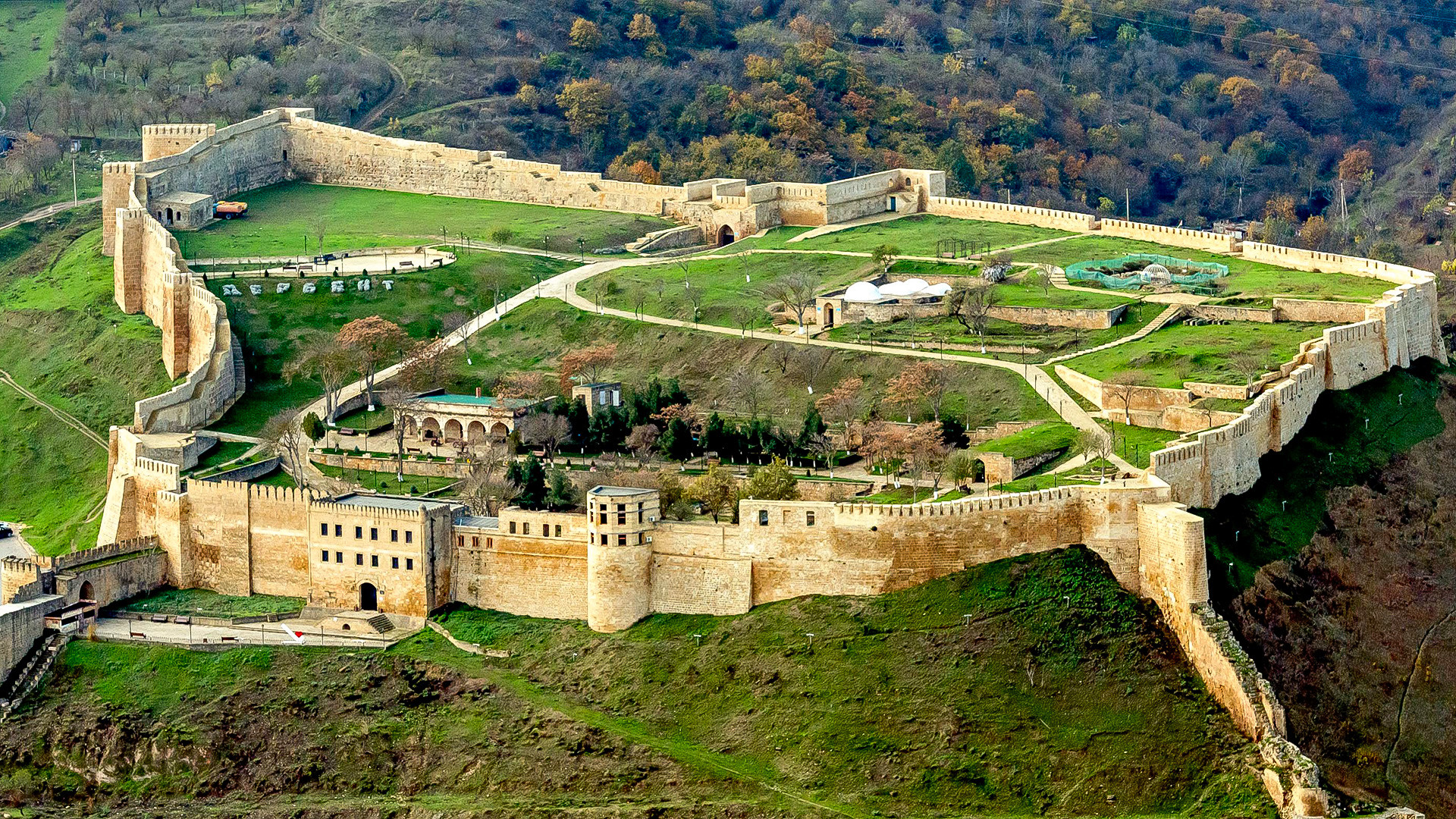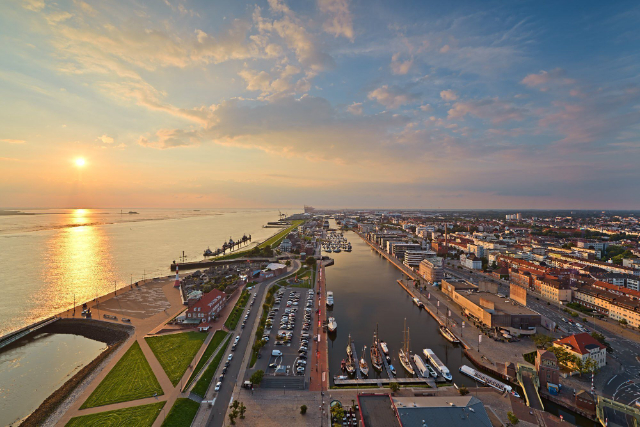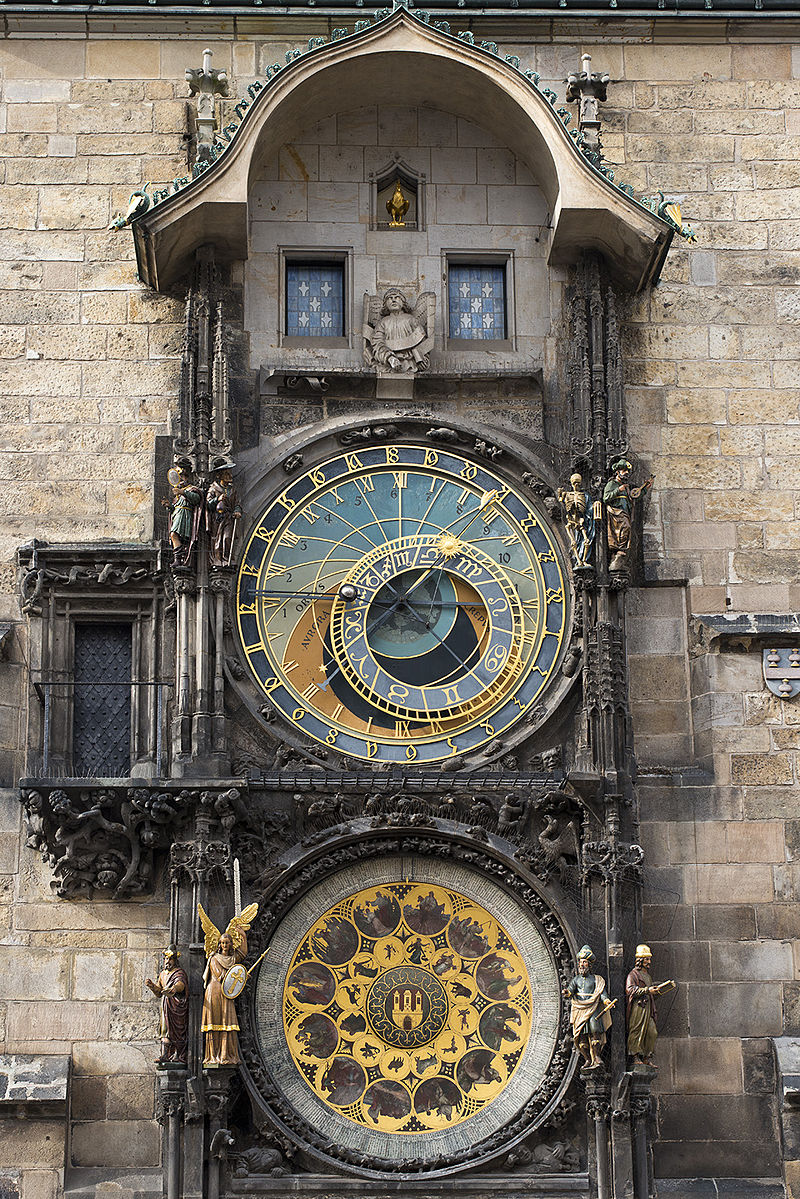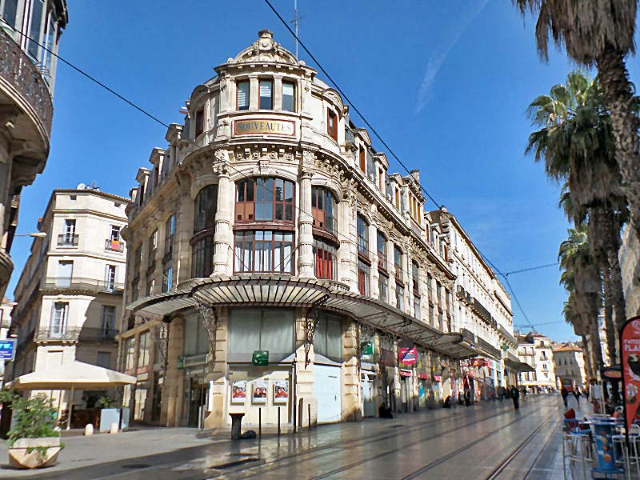Derbent is a city located on the shores of the Caspian Sea in the Republic of Dagestan in southern Russia. It is located in the most strategically vulnerable place of the Caspian Gates, where the Greater Caucasus Mountains come closest to the sea, leaving only a narrow 3-km strip of plain.
The Derbent fortress was part of a large defensive system constructed to protect the peoples of Transcaucasia and Western Asia from the invasions of nomads from the north. The system included the walls, the citadel of Naryn-Kala, sea walls, and the Dag Bara Mountain Wall.The fortification was built in stone. It consisted of two parallel walls that formed a barrier from the seashore up to the mountain. The town of Derbent was built between these two walls, and has retained part of its medieval fabric. The site continued to be of great strategic importance until the 19th century.The citadel is surrounded on three sides by steep slopes and has massive stone walls between 2.5 m and 3.2 m thick, over 700 m in length and 10 to 15 m in height. Within the citadel, the ruins and archaeological remains of a number of buildings are found, including the Khan’s Palace, a bath, several underground water tanks, a 5th-century Christian church, and an 8th-century mosque, one of the earliest in the former Soviet Union. Fortifications combined with the medieval buildings of the old part of the city, the so-called Magalims, form a unique cultural landscape. Derbent has largely maintained its original form and provides impressive evidence of the city’s greatness and power in different historic periods over 15 centuries – Arab, Seljuk, Mongol, Timurid and Safavid periods until the 19th century when it became part of the Russian Empire. The property that is inscribed as the Citadel, Ancient City and Fortress Buildings of Derbent covers 37.658 ha and is surrounded by a 451.554-ha buffer zone.













